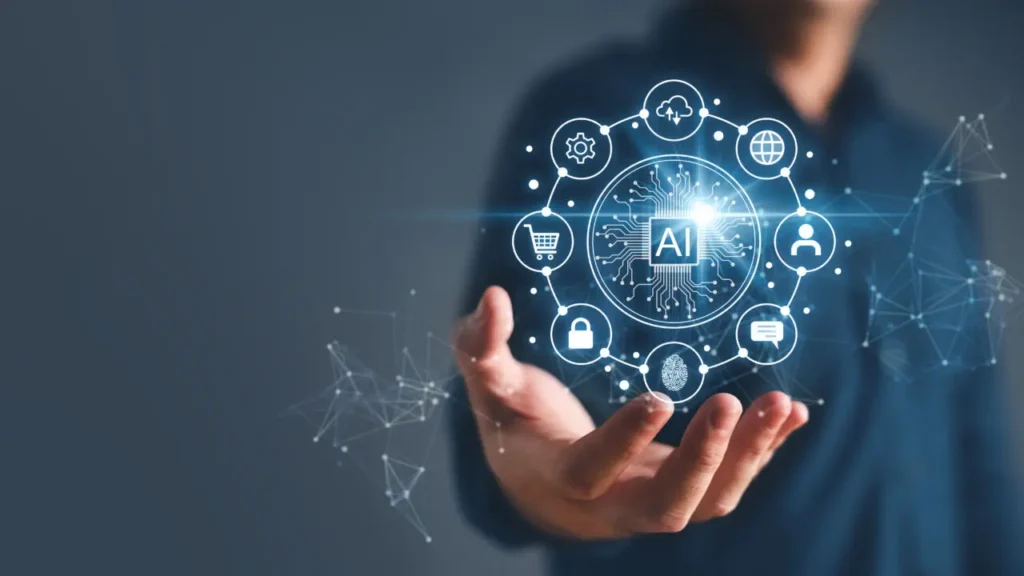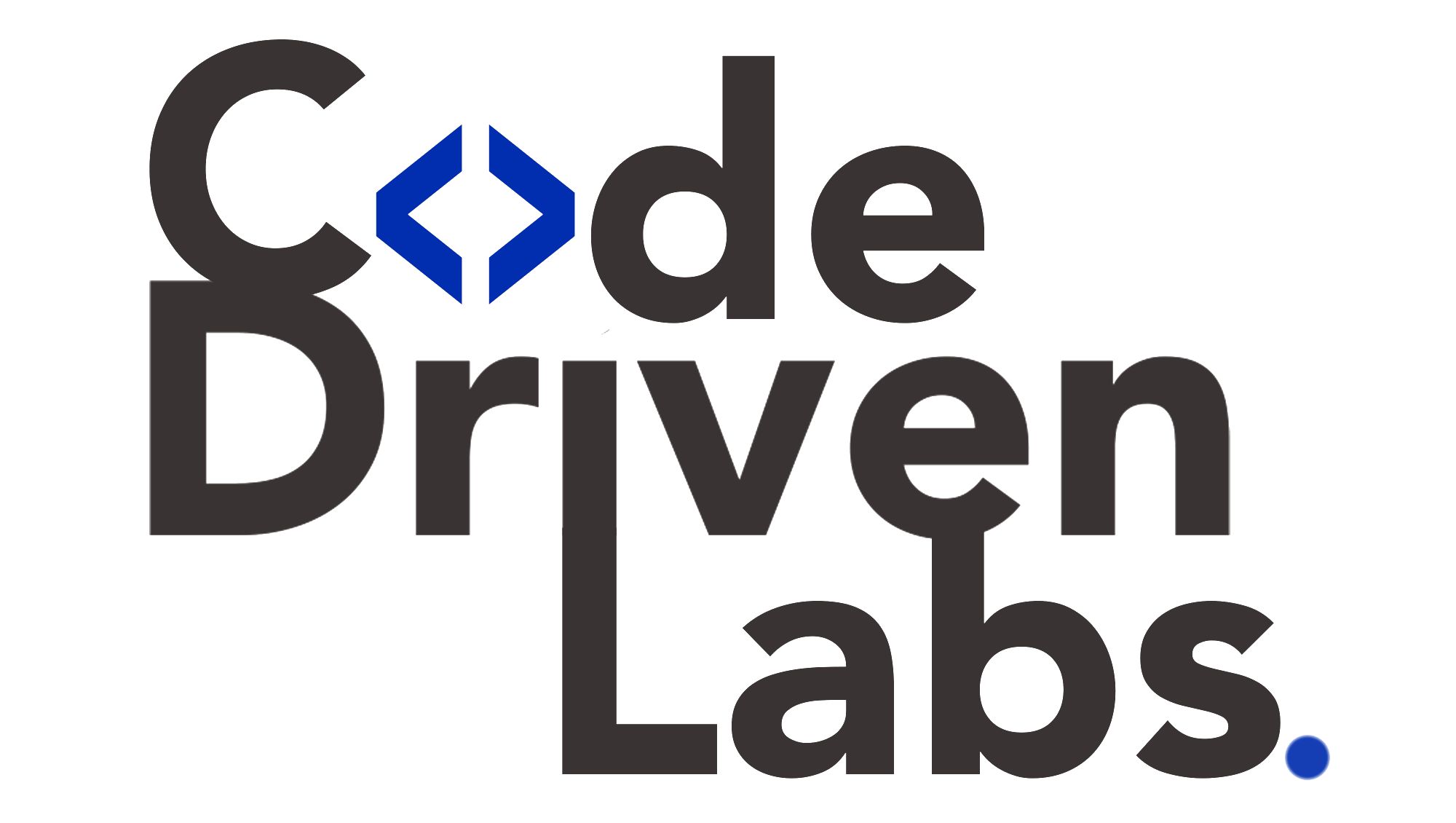Level up your business with US.
- Home
- AI-Driven Nonprofit Websites: Engaging Donors and Maximizing Social Impact
AI-Driven Nonprofit Websites: Engaging Donors and Maximizing Social Impact
October 2, 2025 - Blog
AI-Driven Nonprofit Websites: Engaging Donors and Maximizing Social Impact
In today’s digital-first era, nonprofit organizations are under increasing pressure to stay relevant, visible, and effective. Donors expect transparency, efficiency, and personalized engagement, while beneficiaries need accessible and user-friendly platforms. This is where AI-driven nonprofit websites are revolutionizing the way organizations operate, helping them build stronger relationships, streamline operations, and amplify their social impact.
By combining the power of artificial intelligence with digital platforms, nonprofits can move beyond static websites into dynamic hubs for donor engagement, fundraising, volunteer management, and impact tracking. In this article, we’ll explore how AI-driven websites are reshaping nonprofit operations, the benefits they bring, key features that make them successful, and how companies like Code Driven Labs help nonprofits embrace this digital transformation.

The Rise of AI in Nonprofit Digital Transformation
Nonprofit organizations often face unique challenges: limited budgets, resource constraints, and the need to balance donor expectations with operational efficiency. Traditional websites are no longer enough—they may provide information but fail to engage, retain, and inspire donors and volunteers effectively.
AI changes this landscape by introducing automation, personalization, and predictive analytics into nonprofit websites. For example:
-
Donors can receive personalized recommendations on causes, campaigns, or donation amounts based on their giving history.
-
Volunteers can be matched with opportunities that align with their skills and availability.
-
Organizations can predict fundraising outcomes and optimize campaigns using AI-powered analytics.
-
Beneficiaries can interact with chatbots that guide them toward relevant resources or services instantly.
This transformation is not just about efficiency—it’s about creating a human-centered digital ecosystem where every stakeholder feels connected and valued.
Key Benefits of AI-Driven Nonprofit Websites
1. Personalized Donor Engagement
AI helps nonprofits tailor donor experiences. Instead of generic campaigns, websites can use machine learning to analyze donor behavior and send targeted appeals. For instance, a recurring donor might get updates on the specific projects they fund, while a new donor might receive introductory impact stories.
2. Smarter Fundraising Campaigns
AI tools like predictive analytics allow nonprofits to identify which campaigns are likely to succeed and which donors are most likely to contribute. This ensures resources are invested wisely, boosting fundraising efficiency.
3. Enhanced Transparency and Trust
AI can power dashboards that show real-time fund allocation and project progress, building trust with donors. Transparency is key in nonprofit success, and AI helps present data in compelling, easy-to-understand formats.
4. Streamlined Volunteer Management
Instead of manual coordination, AI can automate volunteer scheduling, send reminders, and match volunteers with projects based on skills. This not only saves time but ensures meaningful participation.
5. 24/7 Donor and Beneficiary Support
AI-driven chatbots provide round-the-clock support, answering FAQs, guiding donations, or assisting beneficiaries in accessing services. This improves engagement and ensures no query goes unanswered.
6. Impact Measurement and Reporting
AI tools can analyze huge volumes of data to measure impact effectively. From donor retention rates to community outcomes, nonprofits can use these insights to refine strategies and showcase achievements.
Must-Have AI Features in Nonprofit Websites
To stay competitive and maximize social impact, modern nonprofit websites should include:
-
AI Chatbots: For donor queries, service navigation, and volunteer assistance.
-
Recommendation Engines: Suggest campaigns, donation amounts, or volunteer roles based on user history.
-
Predictive Analytics: Forecast fundraising success and optimize resource allocation.
-
Smart Content Delivery: Personalize landing pages and blog recommendations to suit user profiles.
-
Automated Reporting Tools: Generate impact reports for donors and stakeholders.
-
Fraud Detection Algorithms: Protect against payment fraud and ensure secure donations.
By integrating these features, nonprofits can move from static informational sites to dynamic engagement platforms.
Real-World Applications of AI in Nonprofit Websites
-
Fundraising Optimization: A wildlife conservation nonprofit could use AI to identify which donor segments are most likely to contribute to emergency campaigns, such as natural disaster relief.
-
Volunteer Matching: A healthcare nonprofit could match medical professionals with urgent field assignments, ensuring skill-based deployment.
-
Storytelling and Impact Communication: AI can generate tailored narratives showing donors how their contributions have made a difference—strengthening emotional connections.
-
Donor Retention: Predictive analytics can flag at-risk donors (those likely to stop contributing), allowing nonprofits to re-engage them with personalized outreach.
How Code Driven Labs Helps Nonprofits Build AI-Powered Websites
Building AI-driven nonprofit websites requires both technical expertise and industry understanding. This is where Code Driven Labs becomes a trusted partner. With deep expertise in AI integration, web development, and digital transformation, they empower nonprofits to harness AI’s full potential.
Here’s how Code Driven Labs makes a difference:
1. Tailored Solutions for Nonprofits
Every nonprofit has unique goals. Code Driven Labs designs AI-driven websites that align with specific missions—whether it’s increasing donor retention, optimizing fundraising campaigns, or improving volunteer management.
2. Seamless AI Integration
From implementing chatbots to setting up predictive analytics dashboards, Code Driven Labs ensures that AI features blend seamlessly into the website without overwhelming users.
3. Enhanced Donor Journeys
They specialize in building personalized engagement flows that guide donors from awareness to conversion, fostering stronger relationships and long-term support.
4. Focus on Security and Compliance
Donor data security is critical. Code Driven Labs implements AI-driven fraud detection and ensures websites comply with international data protection standards.
5. Scalable Platforms for Growth
Nonprofits often grow rapidly during successful campaigns. Code Driven Labs builds scalable platforms that can handle increasing traffic, donations, and interactions without performance issues.
6. Data-Driven Decision Making
By integrating advanced analytics, Code Driven Labs empowers nonprofits with actionable insights—helping leaders make smarter, evidence-based decisions.
The Future of AI in Nonprofit Websites
As AI technologies continue to evolve, nonprofit websites will only get smarter and more impactful. The future holds possibilities such as:
-
Voice-enabled donations for instant giving.
-
Hyper-personalized content that adapts in real time to user behavior.
-
AI-powered storytelling that automatically curates success stories relevant to each donor.
-
Predictive social impact modeling, where nonprofits forecast long-term results of current initiatives.
Organizations that embrace AI-driven websites today will be the leaders in tomorrow’s nonprofit sector, capable of maximizing both donor engagement and social outcomes.
Conclusion
Nonprofit organizations are no longer limited to static websites or manual processes. By leveraging AI, they can personalize donor journeys, optimize fundraising, streamline volunteer management, and enhance transparency—all while maximizing social impact.
AI-driven nonprofit websites represent the future of digital engagement for social good. With the support of expert partners like Code Driven Labs, nonprofits can harness this technology to build platforms that are not only smart but also deeply human-centered—creating lasting change and stronger communities.
In the coming years, AI will continue to redefine the nonprofit digital landscape. Those who act now will gain a decisive edge in building trust, scaling impact, and driving meaningful change.
